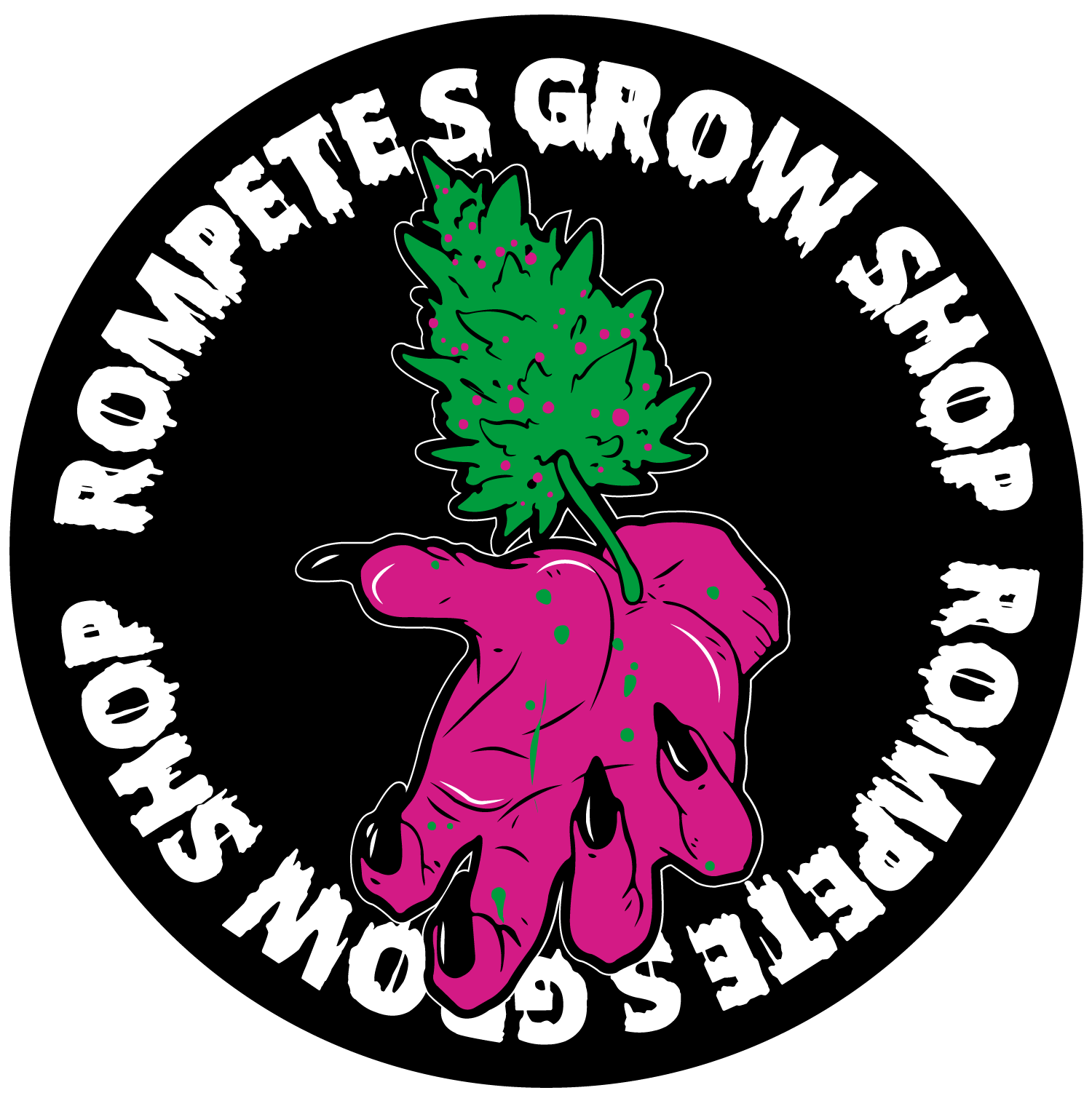Hold on—if you’re new to online casinos or thinking about taking a break, this is the single piece you should read before you hit “logout.” Self-exclusion is more than a checkbox; it intersects with how your money is handled, how bonuses are treated, and what happens to pending withdrawals, and that’s exactly what I’ll unpack here so you don’t get surprised. The next section explains what self-exclusion actually does in practice and why cashout rules matter for your wallet and peace of mind.
What self-exclusion really means (and why cashouts are the awkward bit)
Wow—self-exclusion can feel dramatic, but it’s really a protective tool offered by operators and regulators to pause play, and it usually has immediate effects on your account access. Operators implement it at different levels: immediate account lock, session cooling-off, or formal long-term bans overseen by a regulator; each level has different rules on whether pending bets, bonuses, and withdrawals are allowed. Understanding those nuances matters because what you can withdraw and when often depends on which exclusion route you take, and the next paragraph walks through the common models so you can spot the differences.

Three common self-exclusion models and how they affect withdrawals
Short version: the three models are operator-level exclusion, regulator-managed exclusion, and third-party (independent) exclusion—each has pros and cons around cashouts. Operator-level exclusions are fast and flexible, but funds and bonuses are handled according to that casino’s terms; regulator-managed exclusions (like Ontario’s AGCO pathways) usually force a stricter freeze and may involve a formal dispute/appeal process before funds move; third-party schemes (national or multi-operator registries) are robust for long-term protection but can complicate immediate access to funds. This raises the question of what typical timelines and KYC steps look like when you request a cashout while excluded, which I’ll detail next.
Typical cashout timelines and KYC interactions after you self-exclude
Here’s the practical pattern I’ve seen: if you self-exclude immediately after a winning session, most operators will allow you to withdraw any cleared, bonus-free balance within the platform’s standard processing times—provided your KYC is complete—whereas if the exclusion is activated retroactively or initiated by a regulator, funds can be held until an account review is completed. That review often touches KYC (photo ID, proof of address) and source-of-funds for larger sums; and because KYC is so central to payouts, the next paragraph runs through a small example to illustrate the math and timing.
Example case: quick math and timeline for a typical withdrawal
Imagine you deposit C$200, play and convert that to a C$1,200 balance, then decide to self-exclude the same night and request a withdrawal of C$1,000. If you have completed KYC beforehand, an operator may process that within 24–72 hours; if not, expect a hold until documents clear (often 1–5 business days). If you received a bonus tied to part of your balance, wagering requirements may still apply before cashable funds are released, which is why knowing bonus-weight rules in advance matters—more on bonuses and cashout interactions right after this example so you know what to watch for.
How bonuses interact with self-exclusion and cashouts
My gut says most people miss this: bonuses typically carry wagering requirements and game-weighting rules that can prevent immediate withdrawal of bonus-derived winnings, and self-exclusion doesn’t usually waive those conditions. In practice, if you self-exclude while a bonus is active, the operator’s terms will determine whether the bonus is voided, frozen, or left running; if it’s voided, associated bonus funds often vanish and only the cleared, deposit-backed balance becomes withdrawable. That leads directly to practical steps you can take before self-excluding to protect your accessible cash, which I’ll list next.
Pre-exclusion checklist: what to do before you lock your account
Hold on—small actions make a big difference. Before you self-exclude, check these items so you don’t lose access to funds unintentionally; also, each step helps speed future cashouts if you need them. The quick checklist below gives concrete steps to take immediately before you initiate exclusion, and the following section will explain why each item matters.
- Complete KYC: upload government ID and proof of address so withdrawals aren’t delayed.
- Clear pending bets: avoid unsettled bets that could reduce your balance after exclusion.
- Review bonus terms: note wagering requirements, expiry dates, and game weights.
- Request manual payout if possible: do this before starting a formal, long-term exclusion.
- Export transaction history: saves time if disputes arise while you’re excluded.
Each of these checklist items reduces friction during payout processing, and the next paragraph explains platform-level differences you should expect when you follow this checklist.
Platform differences: what to expect from reputable Canadian-facing operators
To be candid, not all operators behave the same when a self-exclusion hits—you’ll see variance in turnaround times, support responsiveness, and whether they allow “withdraw-only” access during exclusion. For example, platforms licensed under solid regulators usually have transparent policies and a faster appeal or payout path; if you want a working example of how an operator publicly presents these features, check out a regulated Canadian-facing platform like bet-play.casino official for how they document exclusion and payout processes. The next paragraph will compare three practical approaches so you can choose the right route for your needs.
Comparison table: operator-level vs regulator-level vs third-party exclusion
| Feature | Operator-Level | Regulator-Level | Third-Party Registry |
|---|---|---|---|
| Speed to activate | Immediate | Variable (may require formal request) | Immediate to short delay |
| Impact on withdrawals | Often allows cleared withdrawals | May freeze funds pending review | Depends—may require operator policy changes |
| KYC requirements | Standard operator KYC | Often stricter / formal verification | Third-party may require additional proofs |
| Best for | Short breaks / immediate stoppage | Formal long-term protection | Cross-operator long-term blocking |
Use this table to pick the route that matches your priority—fast access to cash, formal long-term protection, or industry-wide exclusion—and the next section gives concrete scripts and phrases to use when contacting support so you get a clean payout.
How to request a clean cashout while self-excluding: email and chat scripts
On chat or email, clarity speeds things up. Try this short script: “I’m initiating a self-exclusion now but would like to withdraw my cleared balance. My KYC is uploaded. Please confirm the amount you’ll release and the expected processing time.” That wording triggers the specific checks operators need and reduces back-and-forth, which matters because slower replies often prolong holds. After you send that message, expect an acknowledgement within the operator’s SLA and then a verbatim confirmation about funds and timelines, which I’ll describe in plain language next so you know how to read their reply.
How to read an operator’s reply (what to look for in their confirmation)
Look for three explicit points: exact cashable amount, any remaining wagering or bonus-related holds, and a clear timeframe for release (e.g., 24–72 hours). If they mention “pending KYC” or “under review,” ask for the specific documents they need and a maximum processing date. If the reply is fuzzy, escalate to a supervisor immediately—your clear documentation (from that earlier export) helps at escalation, and the next part explains escalation routes you can use if a payout stalls beyond reasonable timelines.
When payouts stall: escalation and dispute options
On the one hand, many stalls are paperwork delays; on the other hand, not all stalls are resolved quickly without pressure. If a payout exceeds the operator’s published SLA by more than a few days, escalate to formal support, request a supervisor, and if the operator is regulated, lodge a complaint with the regulator with your exported transaction log attached. For regulated Canadian-facing operators, regulators like AGCO can step in; also, some operators document an independent dispute path in their terms which you should use if regulator routes are slow, and the next paragraph gives two short hypothetical mini-cases so you can see how this plays out in real scenarios.
Mini-case 1: quick payout after KYC — what went right
Example: Sarah completed KYC earlier, self-excluded after a winning night, and asked for withdrawal via chat. The operator confirmed C$850 cleared balance and processed the e-Transfer within 36 hours because KYC was already verified. The key wins were pre-uploaded documents and a clear withdrawal request, which means you should prepare the same items before exclusion as a habit—next I’ll show a contrasting case where things go wrong.
Mini-case 2: payout hold due to bonus and missing documents
Example: Jamal had an active welcome bonus and requested a withdrawal while self-excluding but hadn’t completed KYC; the operator voided the bonus, held the account pending ID, and delayed funds until documents were received. The lesson: don’t rely on bonus-derived balances when you plan to self-exclude—clear your account with verified KYC first—because bonuses complicate cashout math and timing, which I’ll summarise below with common mistakes you can avoid.
Common mistakes and how to avoid them
- Assuming bonuses are cashable during exclusion — check terms and clear wagers first.
- Starting exclusion before verifying KYC — complete verification to speed withdrawals.
- Leaving unsettled bets active — settle or cancel where possible prior to exclusion.
- Not exporting transaction history — keep records for disputes and regulator complaints.
- Using VPNs or banned payment methods — these can trigger freezes and refused payouts.
Avoid these pitfalls and you’ll have fewer surprises during the cashout process, and next I’ll provide a short FAQ to answer the questions people actually ask when they’re in this situation.
Mini-FAQ
Will I always get my money back if I self-exclude?
Generally, you can withdraw cleared, non-bonus funds, provided KYC is complete; if a regulator initiates the exclusion or a compliance issue exists, an account review may temporarily hold funds until cleared. If a dispute arises, escalate using the operator’s process and regulator channels if necessary.
Can I request a payout after a permanent self-exclusion?
Yes — most operators allow withdrawal of cleared balances after self-exclusion, but the process may require formal verification and can take longer for permanent exclusions, so have your documents ready and expect a review period.
Does self-exclusion remove bonuses or loyalty points?
Rules vary: many operators void active bonuses on exclusion while retaining loyalty points or freezing them; always check terms or ask support before you exclude if you value those credits.
Those concise answers should help, and before I close I’ll give a short, actionable quick checklist you can print or save to your phone so you’re ready the moment you decide to step away.
Printable Quick Checklist (save this before you hit exclude)
- Upload ID & proof of address (photo + utility bill).
- Clear or cancel unsettled bets where allowed.
- Check bonus status and meet wagering or request voiding.
- Request withdrawal of cleared balance and note the confirmation time.
- Export transaction history and save chat transcripts.
Keep that checklist in your wallet or notes app and run through it before you lock your account, and the closing paragraph outlines responsible gaming resources and a final practical tip for Canadian players.
18+ only. If gambling is causing harm, seek help immediately via GamCare, Gamblers Anonymous, or your provincial resources; self-exclusion is a valid and supported option for players who need a break.
One practical tip for Canadians: if you want to see how a regulated operator documents their exclusion and payout pathways (including clear KYC, payout timelines, and responsible gaming tools), review a licensed option such as bet-play.casino official to understand how terms are presented; that way you can compare policies before you sign up or act. For final notes, keep careful records and favour operators who clearly publish their self-exclusion and cashout rules so you won’t be surprised later.
Sources
Operator terms and regulatory guidance (AGCO/AGCC) and my direct experience testing KYC and payout scenarios with Canadian-facing platforms during 2024–2025.

